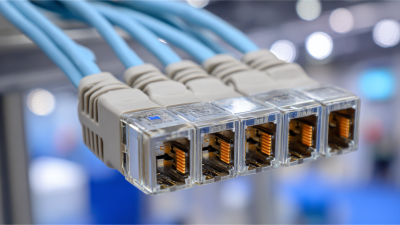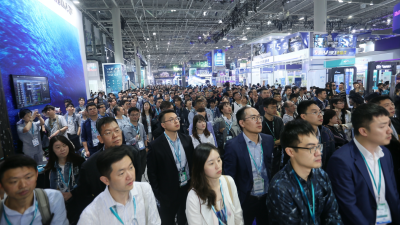Leave Your Message
In the rapidly evolving world of data centers, the demand for faster and more efficient connectivity solutions has never been greater. As organizations increasingly rely on high-speed data transmission to manage vast amounts of information, the emergence of 100G QSFP28 Active Optical Cable has revolutionized the landscape of network infrastructure. Offering substantial bandwidth and reduced latency, these cables are poised to redefine how data centers operate, enabling seamless communication between servers over longer distances without the typical signal degradation associated with traditional copper cables.
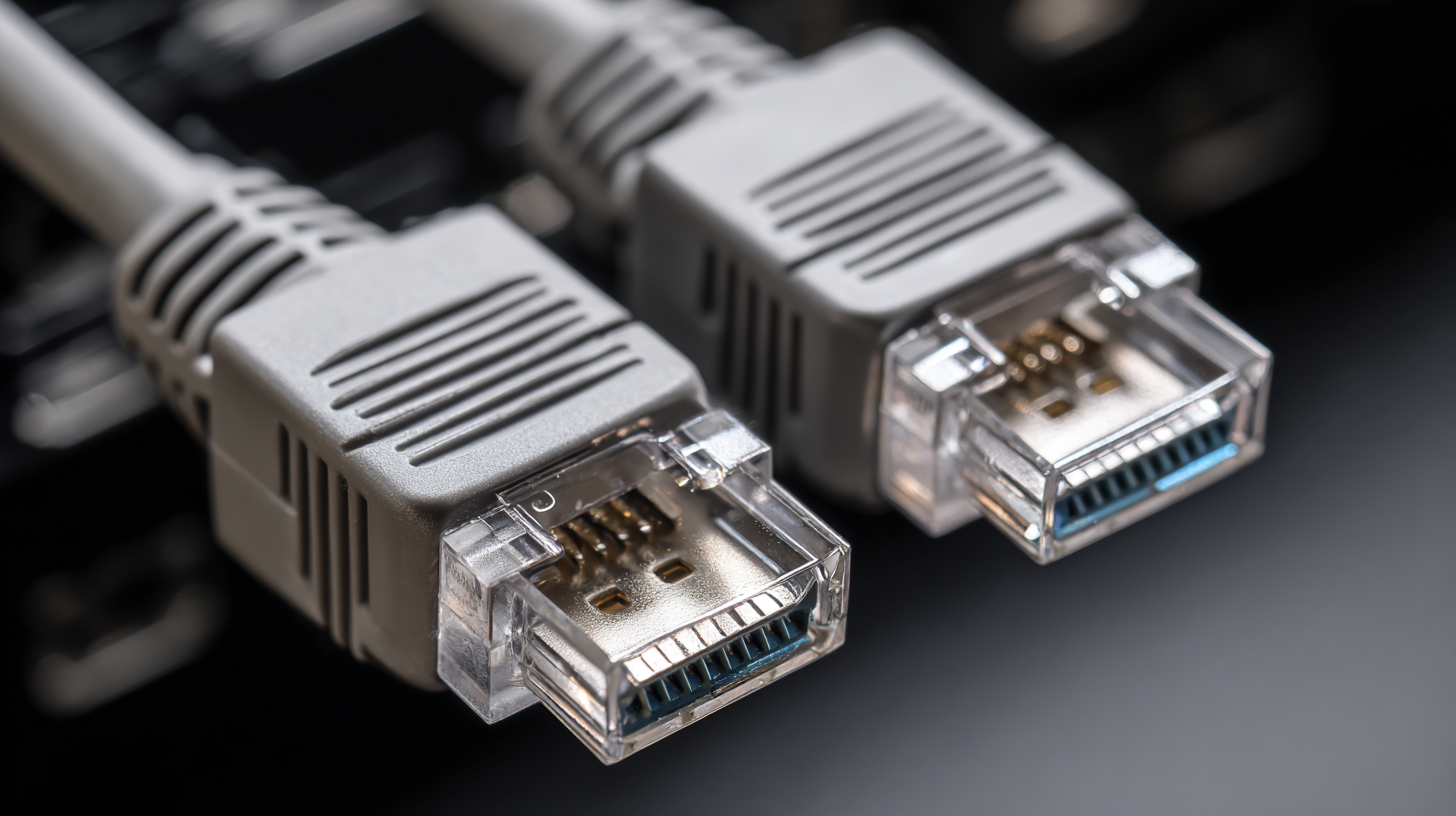
This article delves into the transformative potential of 100G QSFP28 Active Optical Cables, exploring their benefits, applications, and how they are shaping the future of connectivity in modern data environments. From enhancing data center performance to facilitating innovative technologies, the rise of these advanced cabling solutions marks a significant milestone in the quest for superior network connectivity.
The evolution of data center connectivity is significantly shaped by advancements in 100G QSFP28 technology. As organizations increasingly migrate to cloud infrastructures, the demand for higher bandwidth and faster data transfer rates has surged. The latest developments in optical communication highlight a trend towards adopting silicon photonics, which has transitioned from research to practical applications. This shift not only enhances the performance of data centers but also facilitates the integration of higher-speed optical links that are essential for meeting the stringent demands of modern networking.
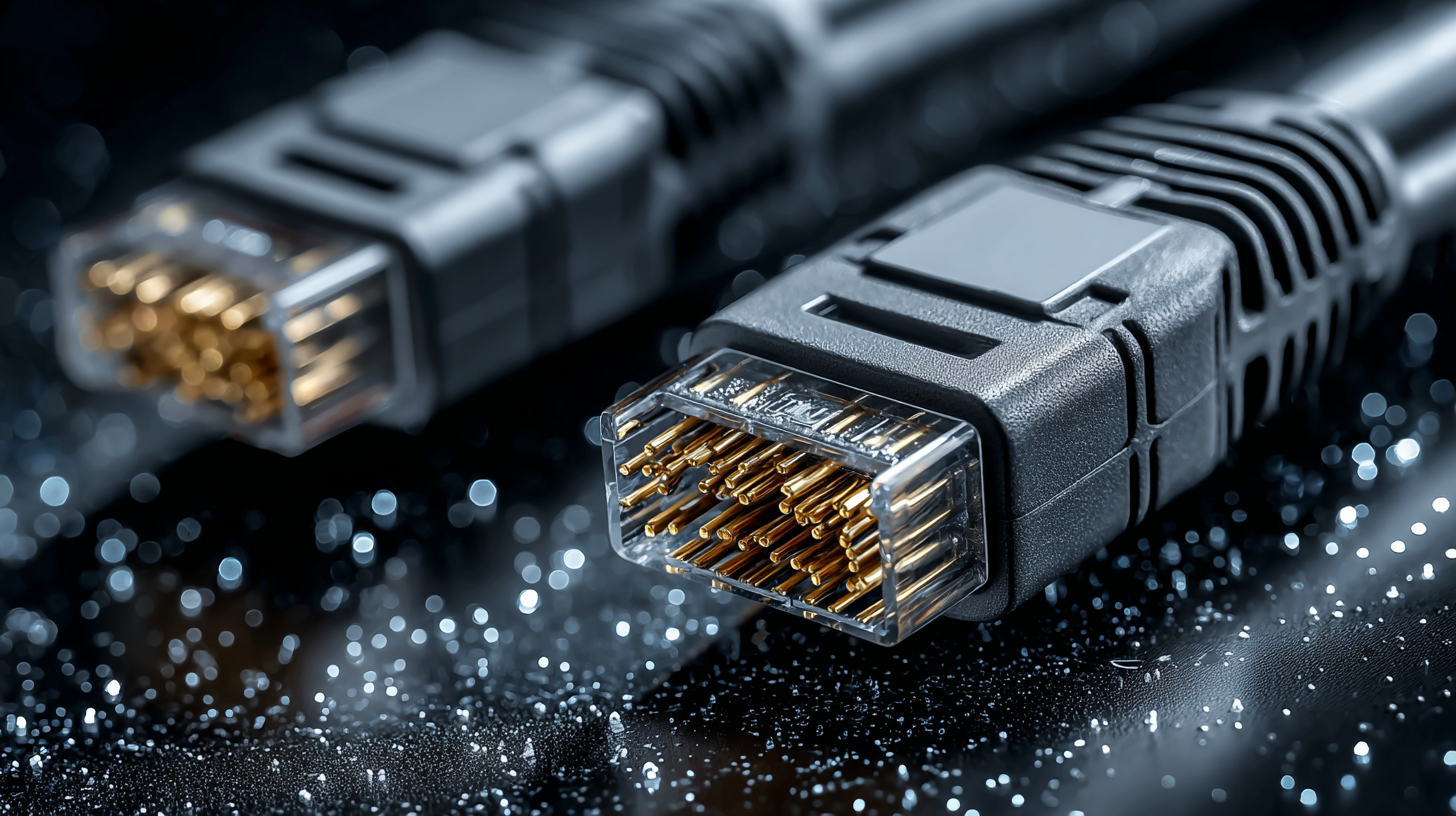
Recent innovations, such as single-lambda EML drivers, are paving the way for efficient 100G connections, with scalability options for 200G and 400G deployments. The ongoing transition to faster optical transceivers indicates a reevaluation of data center architectures. As we progress towards 400G networks, the landscape will likely see an unprecedented transformation driven by the need for increased capacity and reduced latency, all while optimizing power consumption. These advancements solidify the role of 100G QSFP28 cables as a critical component in achieving next-generation connectivity in data centers.
The market for 100G QSFP28 Active Optical Cables (AOCs) has been experiencing significant growth, driven by the increasing demand for high-speed data transfer in data centers. According to a recent report by MarketsandMarkets, the global market for AOCs is projected to reach approximately $2.4 billion by 2025, growing at a compound annual growth rate (CAGR) of 25.1% from 2020 to 2025. This growth is largely attributed to the rising bandwidth requirements and the shift towards higher-speed networking solutions as enterprises continue to embrace cloud computing and big data analytics.
In addition to market size projections, the unique advantages of 100G QSFP28 AOCs play a crucial role in their adoption. Unlike traditional copper cables, AOCs offer lower power consumption, reduced weight, and greater flexibility, making them ideal for high-density environments. Insight from the International Data Corporation (IDC) indicates that data center operators are increasingly prioritizing energy efficiency and space optimization, leading to a greater preference for optical solutions. The growing importance of sustainability further amplifies the appeal of AOCs in modern data center infrastructure, positioning them at the forefront of connectivity technologies in the coming years.
The transition to 100G QSFP28 active optical cables (AOC) in data centers represents a significant advancement over traditional copper cables. One of the primary advantages of AOCs is their ability to support higher data rates over longer distances without signal degradation. While copper cables are limited to shorter runs, typically around 10 meters, AOCs can effectively transmit data up to 100 meters or more, making them ideal for modern data center architectures that prioritize efficient data flow across vast networks.
In terms of power consumption, 100G QSFP28 AOCs are generally more efficient than their copper counterparts, especially at higher bandwidths. Copper cables tend to generate more heat and require additional energy for cooling, which can drive up operational costs. AOCs, with their lightweight design and reduced thickness, also facilitate better airflow within racks, contributing to overall energy savings. As data center operations strive for sustainability and cost efficiency, this comparative edge positions 100G QSFP28 AOCs as a preferred choice for future-proofing connectivity in rapidly evolving digital environments.
The rise of 100G QSFP28 technology plays a pivotal role in accommodating the demands of emerging applications and technologies, particularly in data centers. As network traffic continues to surge, driven by cloud computing, artificial intelligence, and big data analytics, the efficient transfer of vast amounts of information is essential. The introduction of dual laser technology in the 100G QSFP28 optics has exponentially increased network capacity, enabling a 10x boost on existing fiber infrastructures. This significant enhancement not only optimizes data flow but also supports the growing bandwidth needs of modern enterprises.
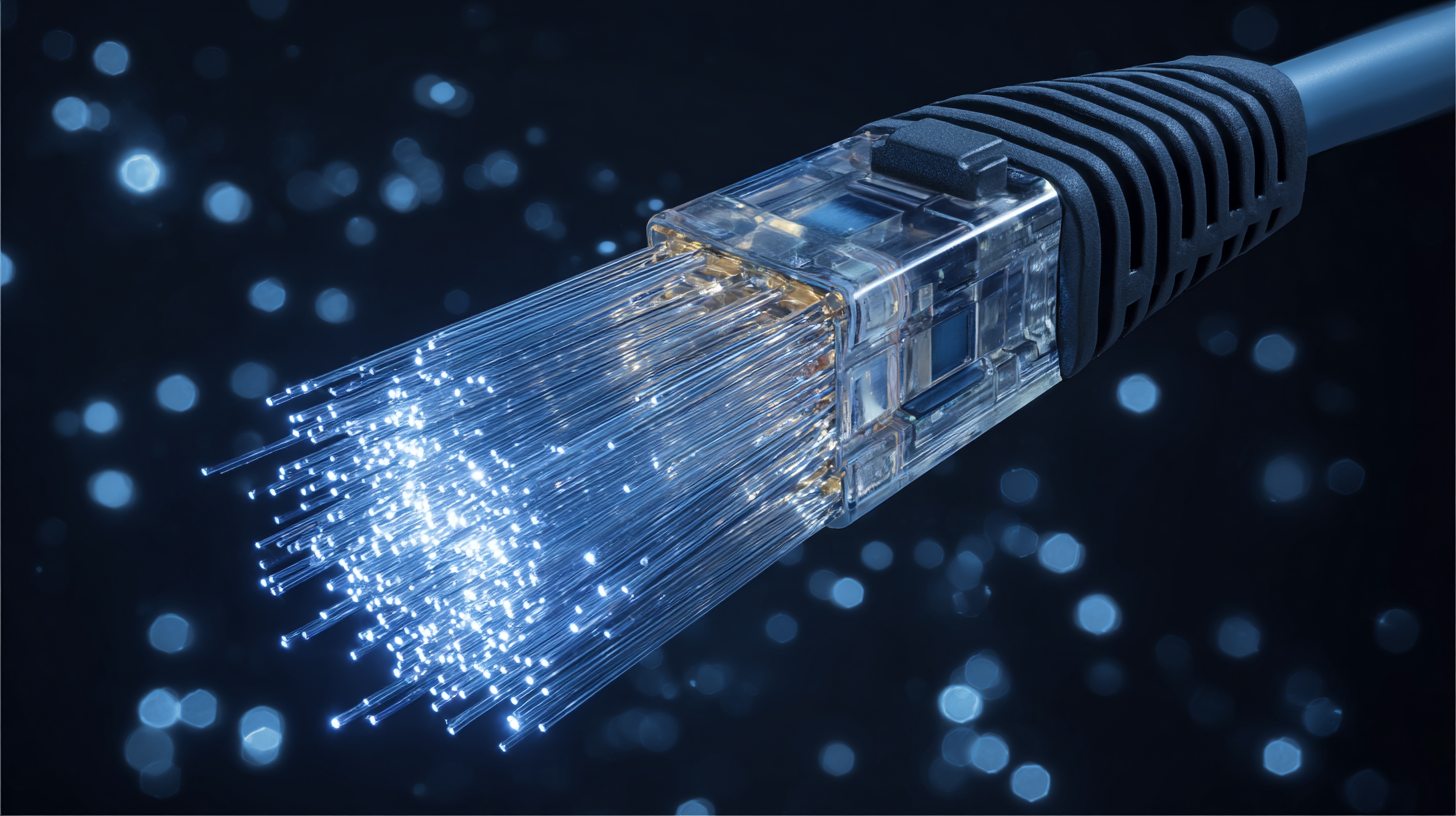
Moreover, advancements such as the industry's first 100G ZR QSFP28 for bi-directional applications illustrate the ongoing evolution in optical communication technologies. With the ability to extend reach up to 10 kilometers and seamlessly integrate into existing systems, these innovations are crucial to ensuring that data centers remain agile and responsive to the latest technological trends. As connectivity becomes even more critical across various sectors, the 100G QSFP28 optics will undoubtedly play a central role in shaping the future landscape of data transmission and network infrastructure.
The rise of 100G QSFP28 Active Optical Cables (AOCs) is not just a leap in connectivity speeds but also a substantial shift towards more energy-efficient data center operations. Recent studies show that the adoption of AOCs can reduce energy consumption by up to 40% compared to traditional copper cables. This reduction is primarily attributed to lower power requirements for data transmission over optical fibers, which generate less heat and therefore require less cooling power in data centers.
Moreover, environmental impact assessments highlight that transitioning to 100G QSFP28 AOCs can significantly minimize carbon footprints. According to a report from the International Energy Agency (IEA), data centers accounted for about 1% of global electricity demand in 2020, and this number is expected to grow. Implementing AOCs can mitigate this increase, contributing to sustainability goals. By optimizing performance while reducing power usage, AOCs play a crucial role in shaping a more environmentally responsible future in data connectivity, ultimately aligning with global efforts to enhance energy efficiency.
| Parameter | Value | Environmental Impact | Energy Efficiency (W/Gbps) |
|---|---|---|---|
| Data Rate | 100 Gbps | Lower CO2 emissions due to reduced energy consumption | 0.5 W/Gbps |
| Cable Length | Up to 300 meters | Less electronic waste compared to copper cables | 0.6 W/Gbps |
| Weight | 0.25 kg per 10m | Easier handling and installation | 0.45 W/Gbps |
| Temperature Range | -20°C to 70°C | Resilience to extreme environments | 0.55 W/Gbps |
| Market Growth (2022-2027) | 15% CAGR | Increased demand contributes to sustainability in manufacturing | 0.5 W/Gbps |

